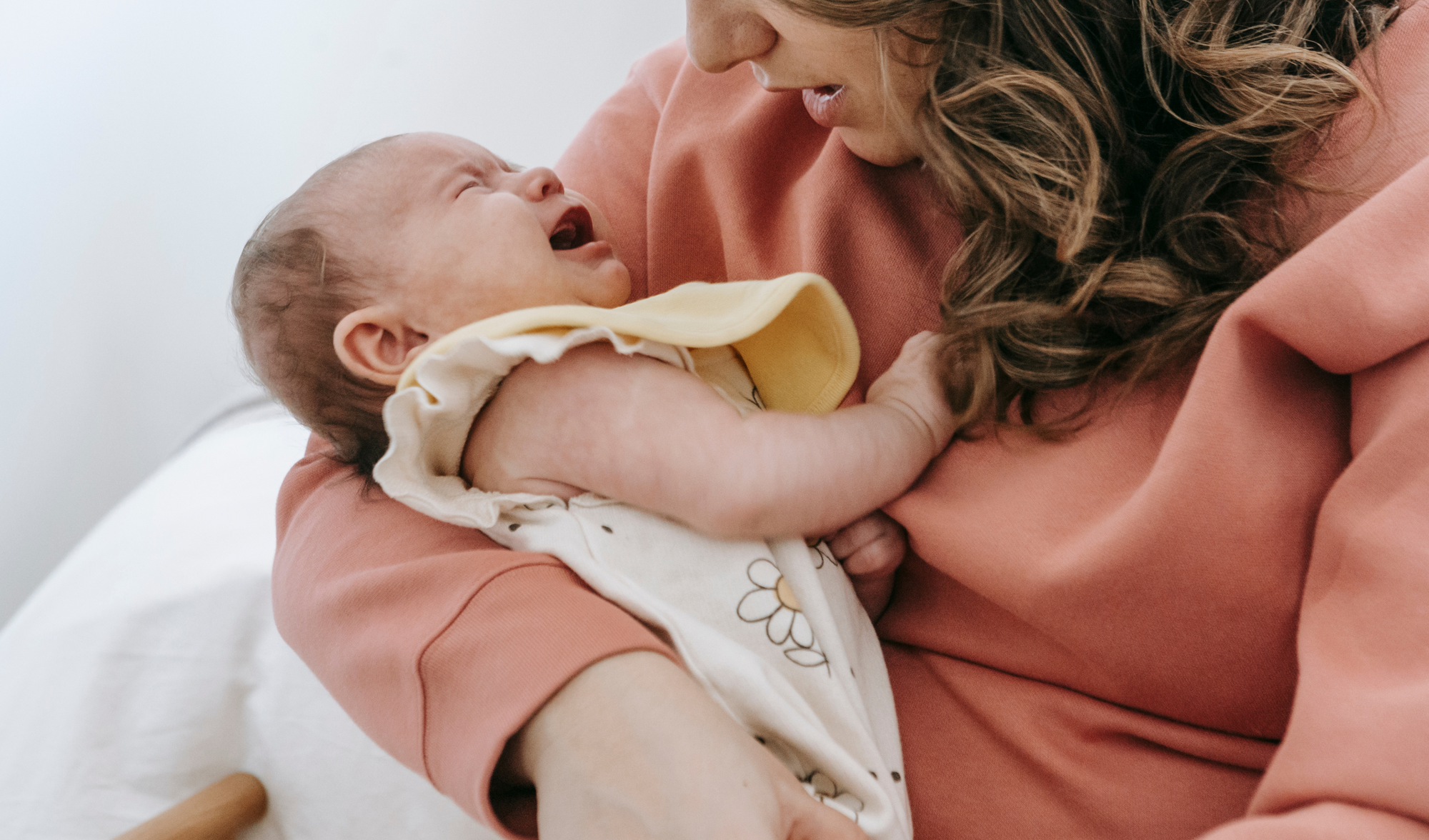It’s one of the skills every new parent needs to master; how to burp your baby. It can be nerve-wracking at first (how should you hold them? How many times do they need to burp? Am I even doing this right?), and everyone wants to avoid the dreaded little patch of milk on your shoulder or lap. We’re here to tell you what you should know about burping your baby, and making feeding time that little bit more comfortable for parents and baby alike.
Burping is caused when your baby swallows little bubbles of air while they’re feeding. These little bubbles of air in their tummy can lead to baby being fussy and being uncomfortably full. Gas can also be caused by digestion, or an allergy or intolerance; if your baby seems to have excessive gas, it’s worthwhile checking out with a nurse or GP.
Gas can happen with both bottle-fed and breast-fed babies. Babies with gas in their tummies tend to squirm and cry – although this is a common signal for many things in a newborn! It’s recommended to burp your baby after every feeding time, even if they don’t show any discomfort or squirming. It’s impossible to know how much air gets trapped with every feeding, so it’s worthwhile getting into a routine after feeding. If your baby is showing discomfort during feeding, it’s also fine to take a break to burp your baby then.
Before you burp your baby, make sure your clothes are protected, and you have a burp cloth nearby in case your baby brings milk back up. A gentle pat or a rub might help some babies bring up their wind, but some might need a slightly firmer hand, depending on the baby. There are a few different options on how to burp your baby;
- On your shoulder: Hold your baby firmly against your shoulder, holding their bottom with one hand, and using the other to rub their back in small circles. Remember to place the burp cloth on your shoulder to prevent spit up staining your clothes!
- Sitting on your lap: Sit your baby on your lap facing away from you. Use one of your arms to support the babies body and head, with your palm on their chest, using your fingers to support their chin, keeping away from their throat.
- Face-down on your lap: Place your baby face-down on your lap, with their stomach on one of your legs, and their head on the other, turned to the side. With one hand holding baby safe and secure, gently rub baby’s back with your other hand. Place your burp cloth beside baby’s mouth.
To relax your baby, talk softly to them or sing to them; your voice will help your baby to stay calm. Don’t be concerned if a small amount of milk comes up along with the gas; this is normal.
We know how stressful a colicky, burpy baby can be. That’s why we love Babocush. Our innovative cushion holds your little one in the perfect position to help relieve wind, reflux and colic, as well as calming your baby with soothing vibrations that mimic mum’s heartbeat. Babocush allows both parents and baby to unwind – free from stress and wind.


